March 20, 2025
by Leticia Doormann, TINTA´s General Coordinator and Co-Founder
This blog was originally written in English and translated using artificial intelligence
In 2015, I had the privilege of standing alongside the leaders who would later form the Global Alliance of Territorial Communities (GATC), as they took their first steps toward building a global movement. At COP21 in Paris, the seeds of GATC were sown. What began as a gathering of leaders with a shared vision has since grown into a formidable coalition, now recognized as a leading force in global climate and land rights advocacy. While their vision was clear—to unite and amplify the voices of Indigenous and local communities from the world’s tropical forests—the path forward was, at that time, still uncertain.
My journey with GATC began in that moment, and has since been one of growth, deep connections, and an unwavering belief in the transformative power of collective action. Each step has deepened my understanding and reinforced the importance of unity in addressing global challenges. From my early days supporting a nascent coalition to my current role at TINTA, I have had the privilege of witnessing the remarkable evolution of GATC and the broader movement for climate justice.
The early years: Building strength from within
The strength of the Alliance lies in its member organisations—representing Indigenous peoples, local communities, and territories across 24 countries, spanning the Amazon, Mesoamerica, Indonesia, and the Congo Basin. United by a shared struggle and a common agenda, the Alliance has evolved into a key player in the global movement for climate and land rights.
Among many allies, the Weaving Ties Initiative played a key role in strengthening the Alliance and advancing its mission. With a small but passionate team, we focused on building connections and fostering relationships. In a five-year span, we co-organized over 50 exchanges, visibility actions, and coordination meetings across five continents and five languages. These were more than strategic initiatives—they were pivotal moments of connection, collective vision-building, and mobilization that strengthened the Alliance at every step.
What started as an effort to unite territorial organisations has grown into a movement that influences international policies, challenges power structures, and amplifies the voices of Indigenous and local communities on the world stage. Today, GATC plays a critical role in shaping climate and land rights discussions, advocating for the recognition of rights, and driving meaningful change to protect tropical forests.
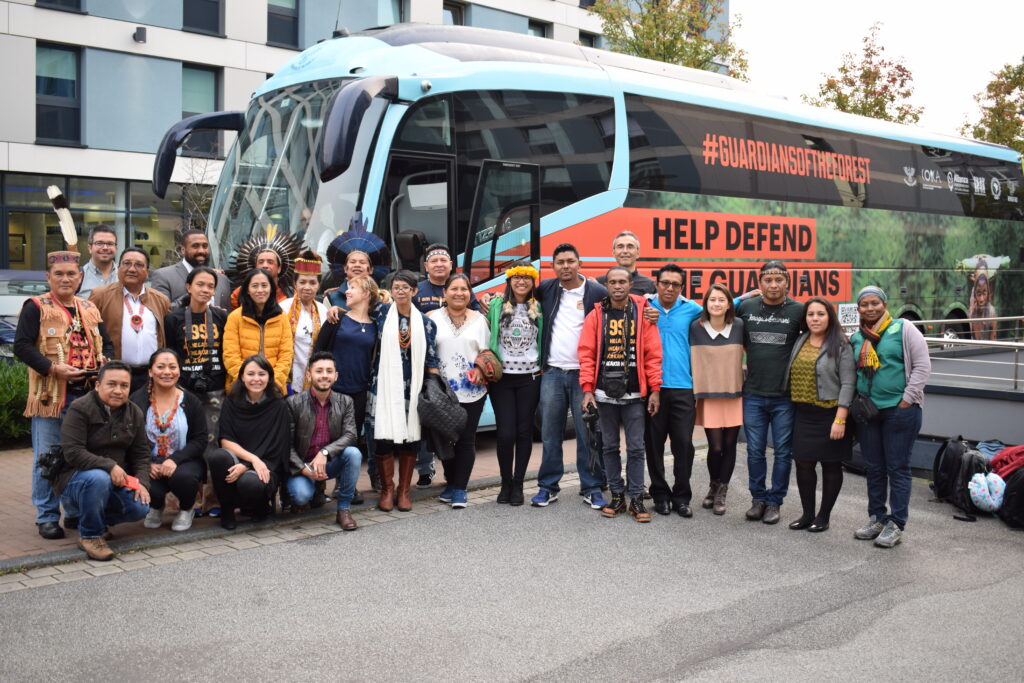
From the margins to the global stage
GATC has strengthened its institutional, communication, and political foundations, expanding its influence in ways that once seemed unimaginable. Through tireless advocacy, strategic partnerships, and the resilience of its leaders, the Alliance has not only reinforced its internal networks but also built a broader ecosystem of allies committed to its mission. From COP negotiations to direct engagement with governments and financial institutions, GATC has secured critical victories in the recognition of Indigenous land rights and territorial governance.
One of the most significant shifts I have witnessed is the increasing recognition of Indigenous-led solutions in global climate strategies. Today, world leaders and policymakers acknowledge what GATC has been saying all along: protecting Indigenous and local community territories is one of the most effective ways to safeguard the forests and combat climate change.
This progress is the result of thoughtful decisions and committed leadership that has refused to be sidelined in climate discussions. It also reflects the invaluable contributions of technical teams, allied organizations, donors, and supporters who have played a crucial role in amplifying these efforts and ensuring the impact of this movement.
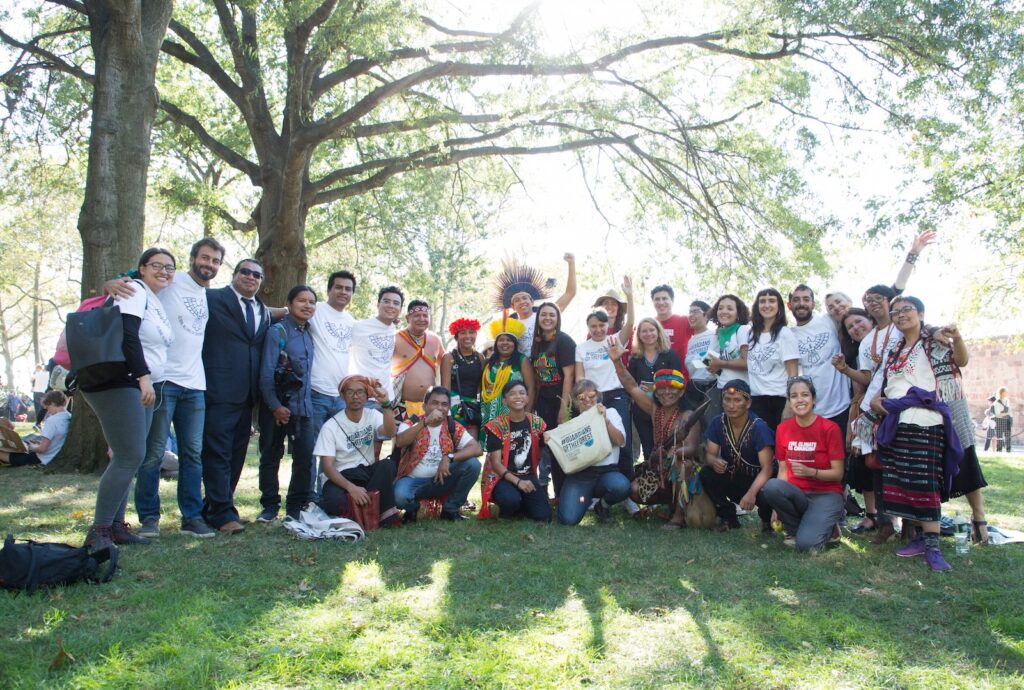
The rise of women’s leadership
One of the most profound transformations within GATC has been the increasing leadership of territorial women leaders in decision-making roles. I have had the privilege of witnessing and actively supporting this shift. Today, women’s leadership within the Alliance is stronger than ever, shaping the direction of the movement and ensuring that their voices and experiences are central in conversations about rights, climate action, and social justice.
Women are not only leading within their communities but also taking the stage at international forums, ensuring that climate solutions reflect their knowledge, struggles, and visions for the future. They are building networks, advocating for gender-inclusive policies, and reinforcing the fundamental truth that there is no climate justice without gender justice.
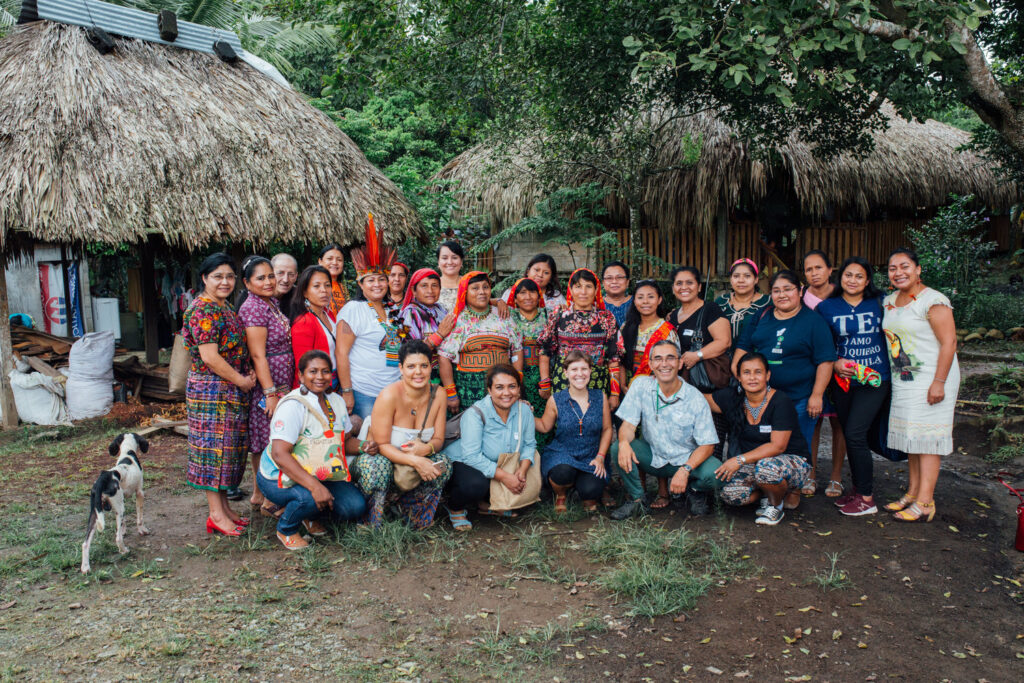
The power of youth: The next generation of leadership
Another inspiring development over the past decade has been the rise of a strong youth movement within GATC. Across territories, young leaders are stepping forward—not just as advocates for their communities, but as strategic thinkers, organizers, and visionaries shaping the future of the Alliance.
These youth leaders are not waiting for change to happen; they are driving it. From participating in international climate negotiations to organizing within their own communities, they bring new energy, digital savvy, and a deep-rooted commitment to their ancestral lands. They are blending traditional knowledge with new technologies, using social media to amplify their messages, and demanding a seat at decision-making tables.
I have seen firsthand how this generation is reshaping the narrative—not just as the future of the movement, but as an integral force in its present. They are connecting across regions, forming alliances, and ensuring that GATC’s leadership is continuously strengthened with fresh ideas and approaches. This balance between tradition and innovation is one of GATC’s greatest strengths—and one key reason why this movement will continue to thrive.
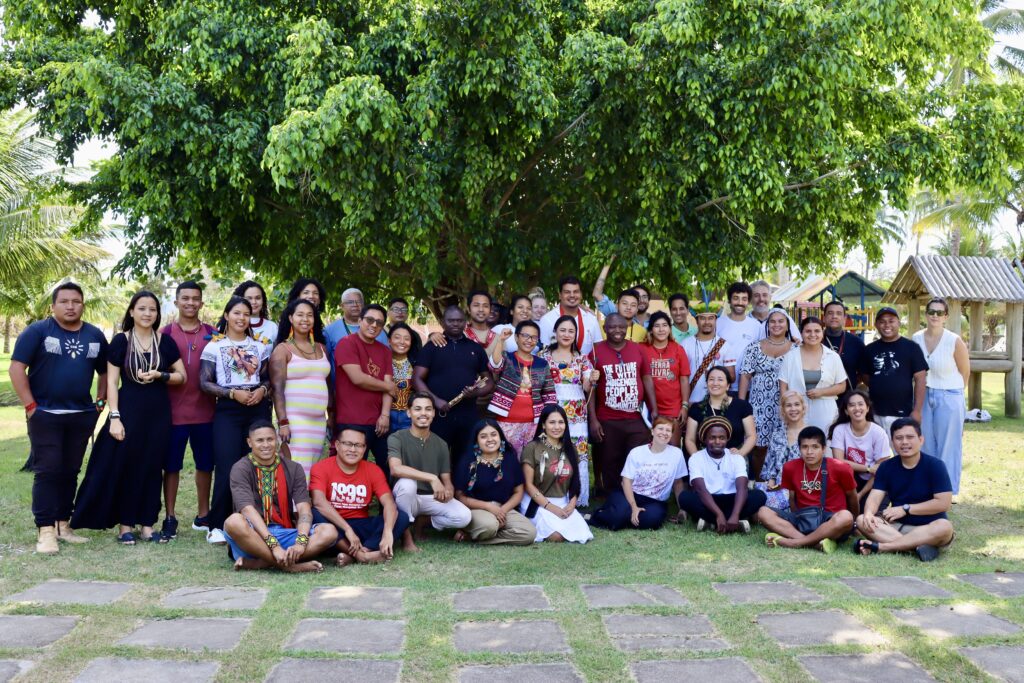
From Weaving Ties to TINTA: Strengthening collective action
As GATC grew, so did the need for more structured support systems to help territorial leaders navigate the increasing complexity of global advocacy. This evolution led to the transition from Weaving Ties to TINTA, a nonprofit initiative founded by Weaving Ties members dedicated to equipping territorial movements with the tools and opportunities they need to drive meaningful change.
At TINTA, we believe that lasting solutions come from knowledge-sharing and collaboration. Our approach focuses on inclusive learning, fostering collective action, and amplifying territorial voices—values that align deeply with GATC’s mission. Whether through learning exchanges, advocacy support, or strategic solutions, TINTA works to ensure that territorial organizations and Indigenous movements have the knowledge, resources, and partnerships necessary to safeguard their lands and amplify their voices.
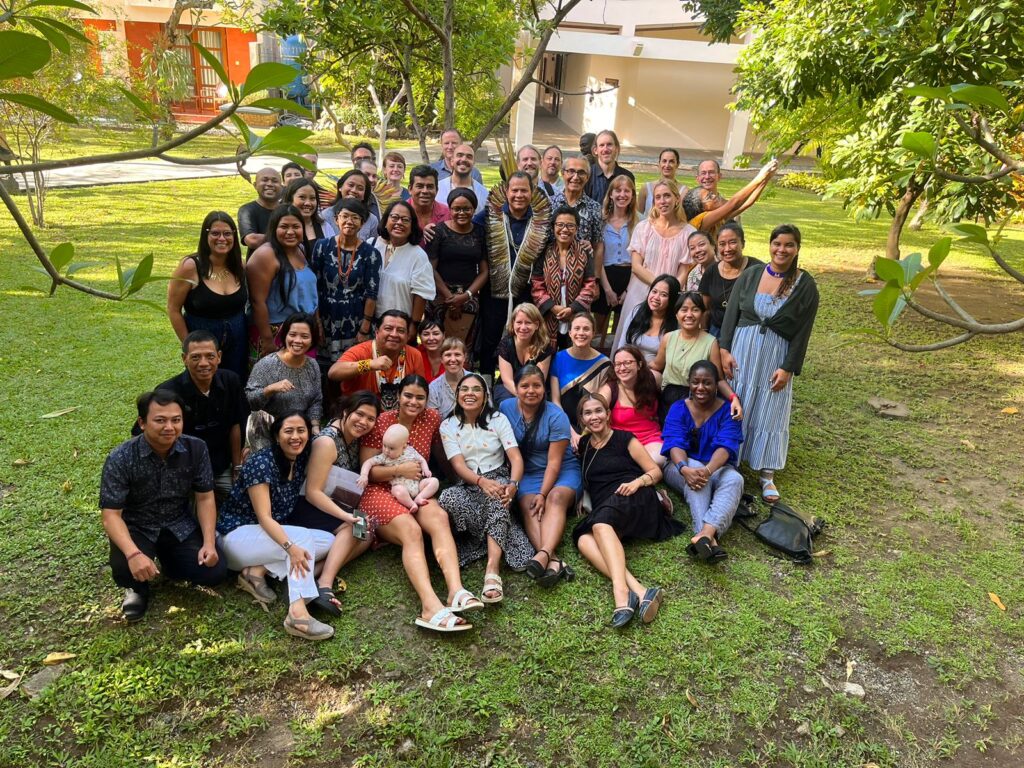
The road ahead
As I reflect on this journey, I see not just the growth of an Alliance, but the rise of a movement that is more powerful, more coordinated, and more essential than ever.
For me, this has been more than a professional experience; it has been deeply personal. To walk alongside the leaders of GATC, to support their efforts, and to witness their victories has been an honour. This movement is not just about advocacy—it is about survival, justice and a vision for a world where Indigenous and local communities are recognised as the true stewards of our planet.